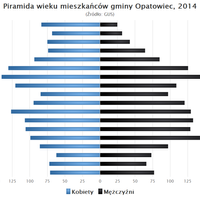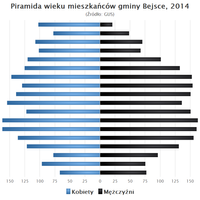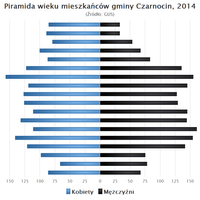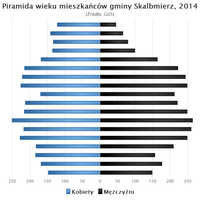Kazimierz County
7.46
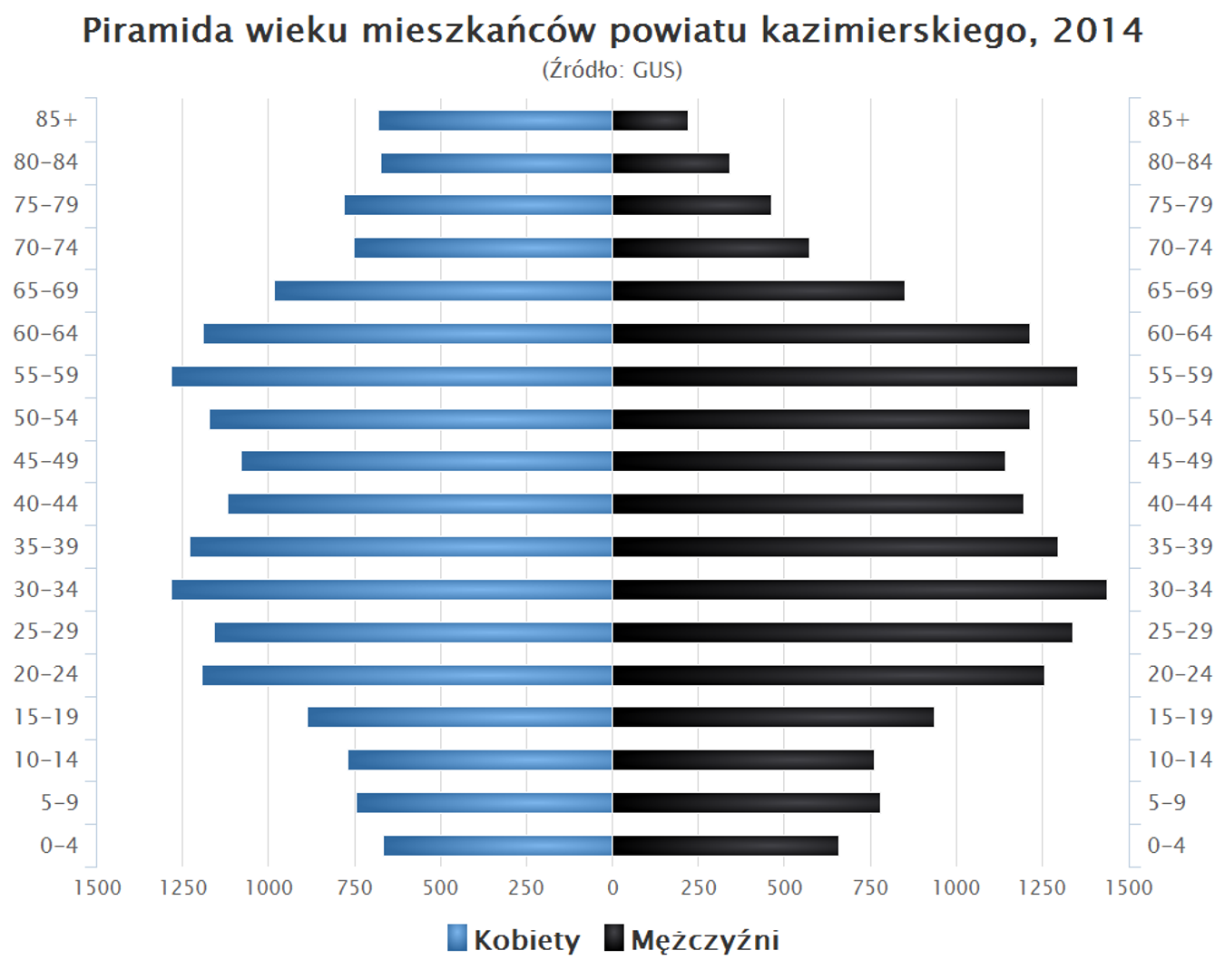
Overview
Kazimierski County, established in 1999, is located in the Świętokrzyskie Voivodeship, with its capital in Kazimierza Wielka. The county has a population of 33,205 people (as of December 31, 2021). Administratively, it comprises the urban-rural municipalities of Kazimierza Wielka, Opatowiec, and Skalbmierz, as well as the rural municipalities of Bejsce and Czarnocin. It borders Pińczów and Busko counties in the Świętokrzyskie Voivodeship, as well as Dąbrowa, Tarnów, Proszowice, and Miechów counties in the Lesser Poland Voivodeship.
The county's history dates back to 1956 when it was created as part of an administrative reform in the Kielce Voivodeship. Initially, it included two towns (Działoszyce and Skalbmierz) and 29 village councils. Kazimierza Wielka was granted town rights only in 1959. The county underwent multiple reorganizations, with its structure changing until 1999, when it was reestablished after another administrative reform—though without the municipality of Działoszyce, which was transferred to Pińczów County.
The region features valuable architectural monuments, including churches. Opatowiec was once home to a Dominican monastery, while Kazimierza Mała and nearby localities host historic wooden and brick churches, some dating back to the 16th century. The county also boasts a rich cultural tradition linked to former parishes and religious organizations, highlighted by the 1562 gathering of Unitarian leaders in Rogów. The area has been a hub for diverse religious communities; for example, Jakuszowice is home to a Jehovah's Witnesses Kingdom Hall. In the 15th century, Kazimierza Mała had a literary brotherhood, which played a pioneering role in the development of local culture and education.
Kazimierski County offers much in terms of architecture and culture, and its history provides an intriguing backdrop for both current residents and visitors.
Location
Country
2025 Wizytor | All Rights Reserved




